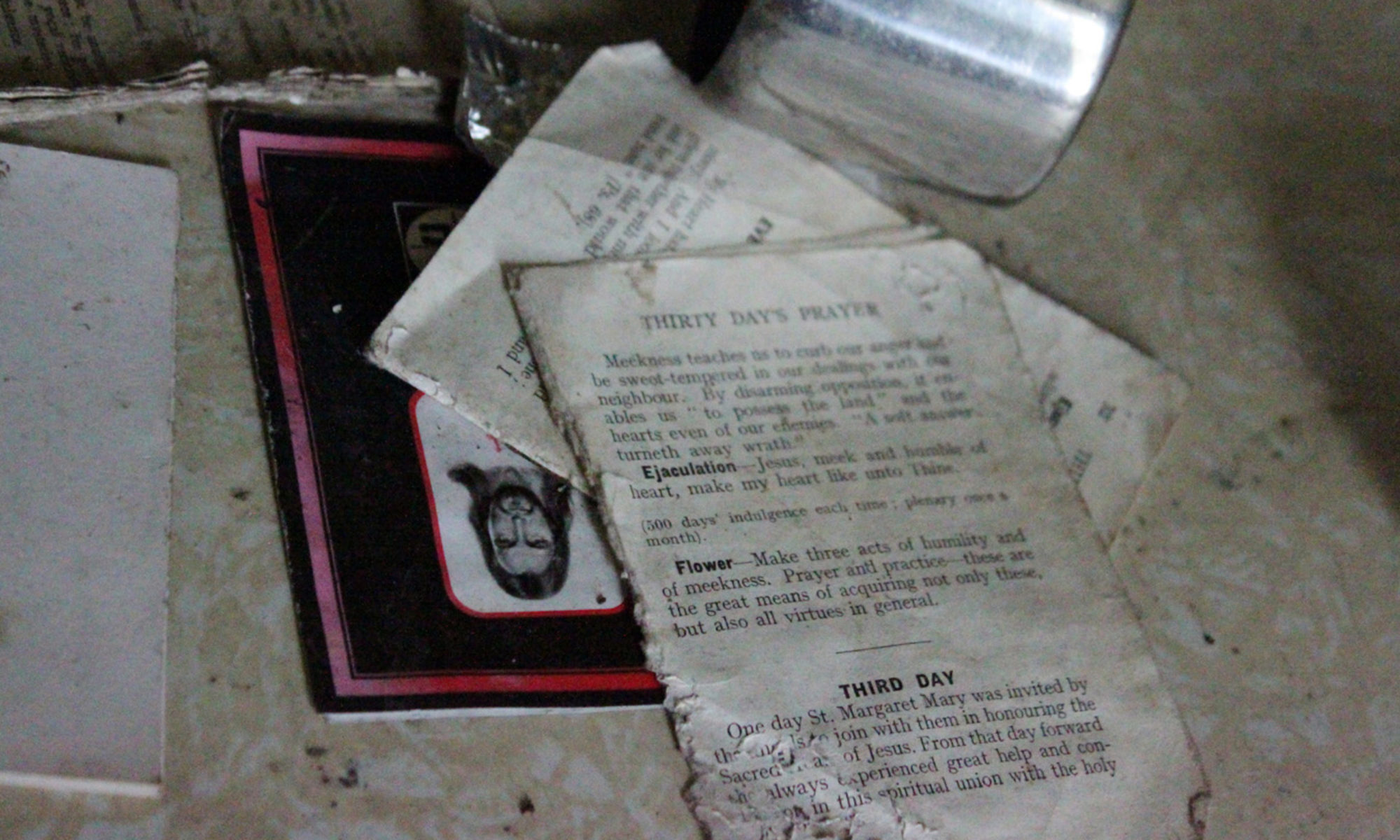In “Discipline and Punish”, Michel Foucault defines “ Disciplinary Institutions” (Institutions Disciplinaires) as places where people are made useful and obedient through the repression of any deviation from the norm. Foucault argues that, in medieval times, repression was focused on punishing one particular crime after it had been committed. The punishment was often bloody and spectacular and symbolically linked to the original crime (for example, cutting the hands of a thief). The tortures were staged as spectacular public displays in order to demonstrate the almighty power of the King and keep the people subdued. From the Renaissance onwards, however, the State turned to another strategy of moving repression inside closed walls, thus giving its power a menacing aura of secrecy. This new strategy had the additional advantage of removing the risk of the people taking the side of the condemned person during a particularly cruel public torture. At the same time as repression was moved inside closed walls, the forms it took were diversified. Foucault calls the various places where various forms of repression take place “Institutions Disciplinaires” (“Disciplinary Institutions”). These institutions include the prison, where the initial goal of punishing an already committed crime carries on. But they also include places where people are sent before they have ever committed any wrongdoing, such as schools, mental asylums or military training places. People are sent there “preventively” in order to nip in the bud any temptation or propensity to deviate from the behavioral norms decided by the State.
In my “Disciplinary Institutions” photographic series, I explore places used to make undesirable and/or helpless people disappear discretely such as Magdalene convents (used to imprison women), mental asylums and workhouses. Rather than purely documenting the buildings, I am interested in showing how the long gone inmates keep imprinting these places long after they are dead, and the malevolent aura still cast by those buildings in collective memory.
During my exploration, I encountered local teenagers who guided me in the sites and told me urban legends about them. I was fascinated by the aura of malevolence still cast by these buildings, despite them being closed for so long, and the way the teenagers associated them with some very contemporary anxieties, such as the fear of teenage pregnancy (associated with Magdalene laundries) or the fear of being labelled a “weirdo” (associated with mental asylums). Somehow all the horrible stories associated with these buildings were all related to the violence that the adults enforce on the young to make them obey social norms: by locking up young girls considered in danger of promiscuity in Magdalene laundries, or young people with too original ideas in insane asylums. It is as though those buildings had a cathartic function: they were a powerful symbols onto which the teenagers could hook their fears about their own place in society. Yet, at the same time these abandoned “no man’s lands”, out of reach of adult control, were also socialising landmarks where teenagers could meet and be themselves without the fear of adult judgement.
